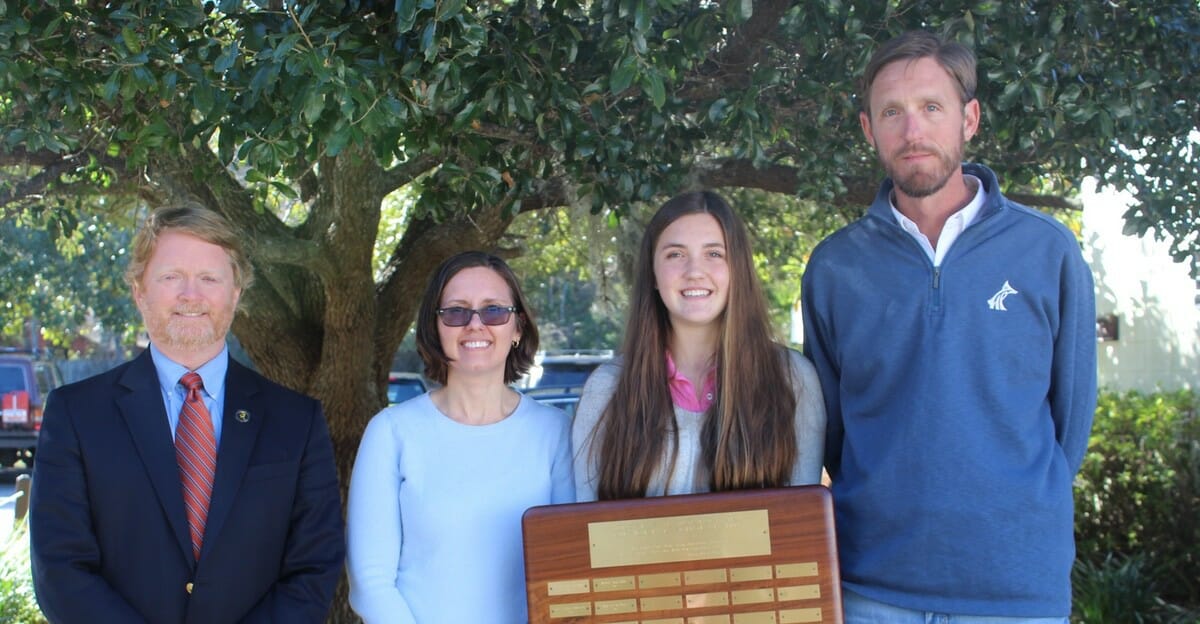By John Wise, DMD
February is National Children’s Dental Health Month (NCDHM). The American Academy of Pediatric Dentistry, the American Dental Association, the US Department of Health and Human Services, and several other organizations are working tirelessly to educate the population on preventative care.
The American Academy of Pediatrics states “…early childhood caries, the disease process that leads to tooth decay, cavities, and tooth pain is the #1 chronic disease affecting young children…” It is 5 times more prevalent than asthma and 7 times more common than hay fever.
One question that parents ask is “When should my children have their first dental visit?” It is recommended that the first visit should occur at approximately one year of age, but many parents bring their child in when the first tooth erupts, around 3 to 6 months of age.
The first visit will be a very quick evaluation, but it will be beneficial, nevertheless. It will give the child early exposure to the dental environment and help prevent future anxiety about dental visits. It is an opportunity for the dentist to provide appropriate counseling to the parents regarding developmental expectations and appropriate hygiene.
Some parents have made the mistake of letting a newborn fall asleep with a milk or juice bottle in his or her mouth. Don’t let this happen! Milk has lactose in it, which means it contains two-sugars, glucose and galactose. This behavior leads to milk bottle caries, and can cause badly decayed teeth which in some cases, are not able to be fixed! Plus, the bottle nipple will slowly move newly developing teeth into awkward positions. A thumb-sucking habit or extended pacifier use can have a similar effect.
We all have our favorite snacks which are typically a part of our daily diet. Whether they be crackers, candy, or sugary beverages, it is extremely important to limit the frequency of consumption. Every time a snack with high-sugar content is consumed, the bacteria inherent in the oral cavity digests some of the readily available sugar and secretes lactic acid which breaks down tooth enamel and causes cavities. It does not lead to serious problems as long as there is a limit to the number of “meals” each day.
Cheese is a wonderful alternative to high-sugar snacks. An article from the National Institute of Health analyzed the effect of cheese in cavity prevention. Primarily, cheese helps to stimulate salivary flow which will aid in removing food debris from your mouth. The alkaline nature of saliva will also buffer against the acidity produced by bacteria. Lastly, the high calcium and phosphorous content of cheese may play a role in the remineralization process of tooth enamel. However, copious consumption of cheese can lead to other health concerns like obesity or constipation, so moderation is key.
While regular dental visits will aid in cavity prevention, another benefit is that teeth problems can be identified early. Growth patterns in the upper and lower jaws vary widely among individuals, and some children may be pre-dispositioned to “crooked” or “crowded” teeth. In order to correct the poorly positioned teeth, orthodontic, or in some cases, surgical intervention may be required. However, the earlier these abnormalities are identified the easier it is to correct them.
The old adage “An ounce of prevention is worth a pound of cure” applies to children’s dentistry as well as most other aspects of life. No child should have to suffer tooth pain or endure oral irregularities. These simple steps of preventive care can ensure a healthy, happy smile for years to come.







